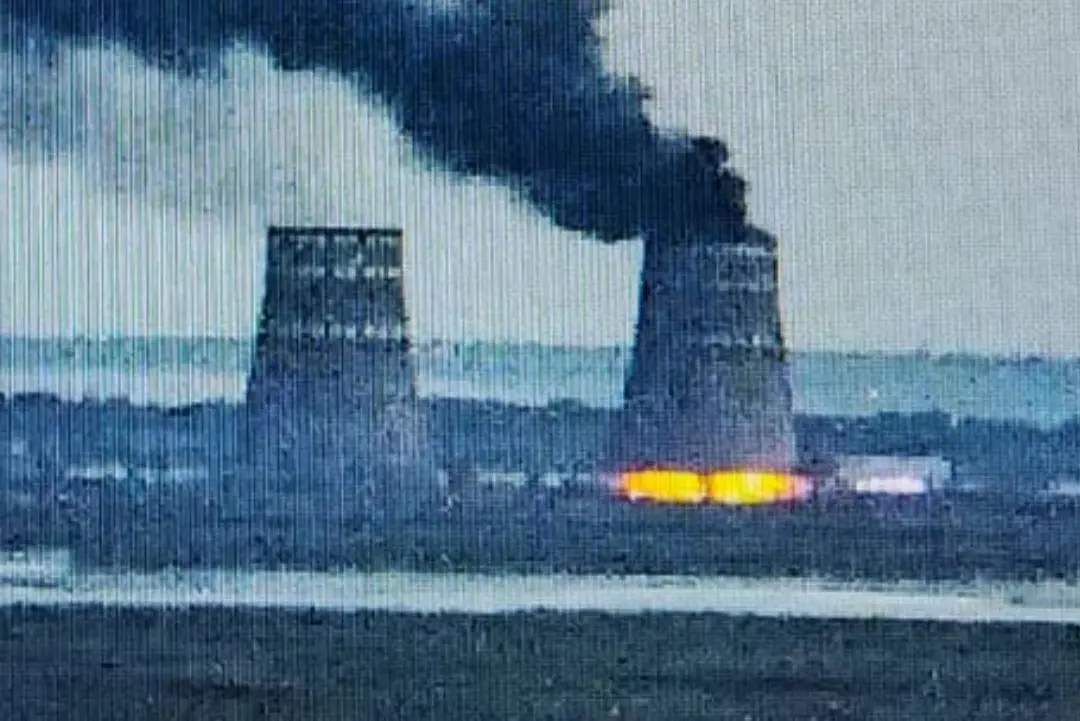Fire in Zaporizhzhia, but no radioactive leak
Ukrainians and Russians blame each other for nuclear power plant firePer restare aggiornato entra nel nostro canale Whatsapp
Much fear, but for the moment no radioactive leak. A fire broke out in the evening in the cooling tower of the nuclear power plant in Zaporizhzhia, in southern Ukraine, which is under the control of Russian forces, in the midst of a war context, with the authorities in Kiev and those in Russia accusing each other of who caused the fire or not.
The first to raise the alarm was Ukrainian President Volodymyr Zelensky, who on X pointed the finger directly at the forces led by Moscow. "The Russian occupiers have set a fire on the site of the Zaporizhzhia nuclear power plant. Currently, radiation levels are normal." The Ukrainian leader then stressed that "as long as Russian terrorists maintain control over the nuclear power plant, the situation is not and cannot be considered normal."
Zelensky directly accused the Kremlin chief of wanting to use the Zaporizhzhia plant "only to blackmail Ukraine, the whole of Europe and the world." Now "we are waiting for the world to react, for the IAEA to react," he concluded.
For his part, pro-Russian governor Yevegny Balitsky clarified that no changes in radiation levels around the plant have been detected. Even for the Ukrainian military administrator of the Nikopol district Yevhen Yevtushenko - writes Ukrainska Pravda - the plant is operating normally, but he says he is convinced that the fire is probably caused by the Russians who set fire to a large number of car tires in the cooling towers, perhaps as a "provocation or to create panic in the settlements on the right bank".
Zaporizhzhia Nuclear Power Plant also known as Znpp is located on the left bank of the Dnieper near the town of Energodar. It is the largest nuclear power plant in Europe in terms of the number of units and installed capacity: it consists of six pressurized water reactors built in the period from 1984 to 1995, with a gross electrical capacity of 1,000 MegaWatts each (VVER-1000), designed for a 30-year operational life. In October 2022, the nuclear power plant was occupied and is now under the control of the Russian Federation.
(Online Union)
